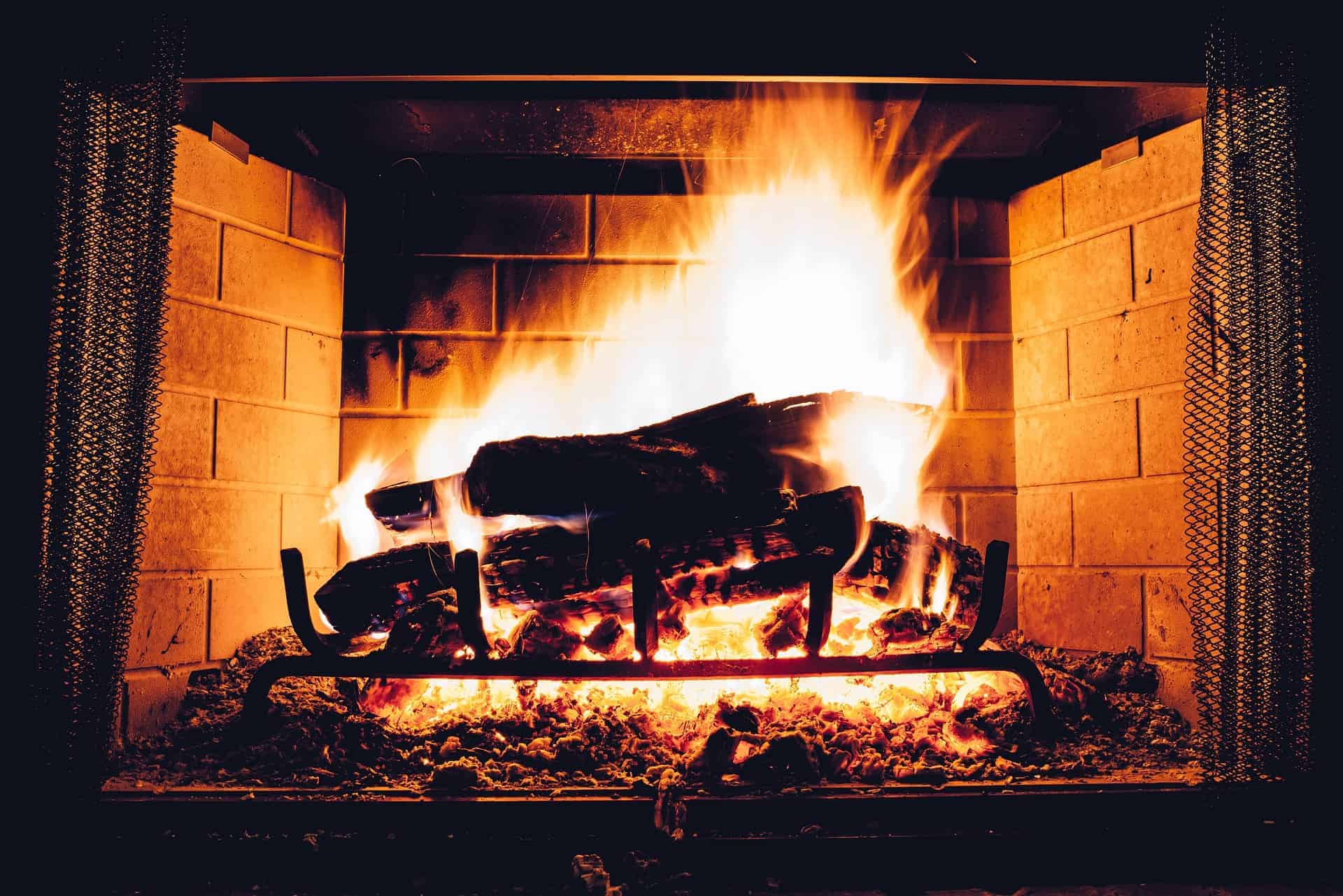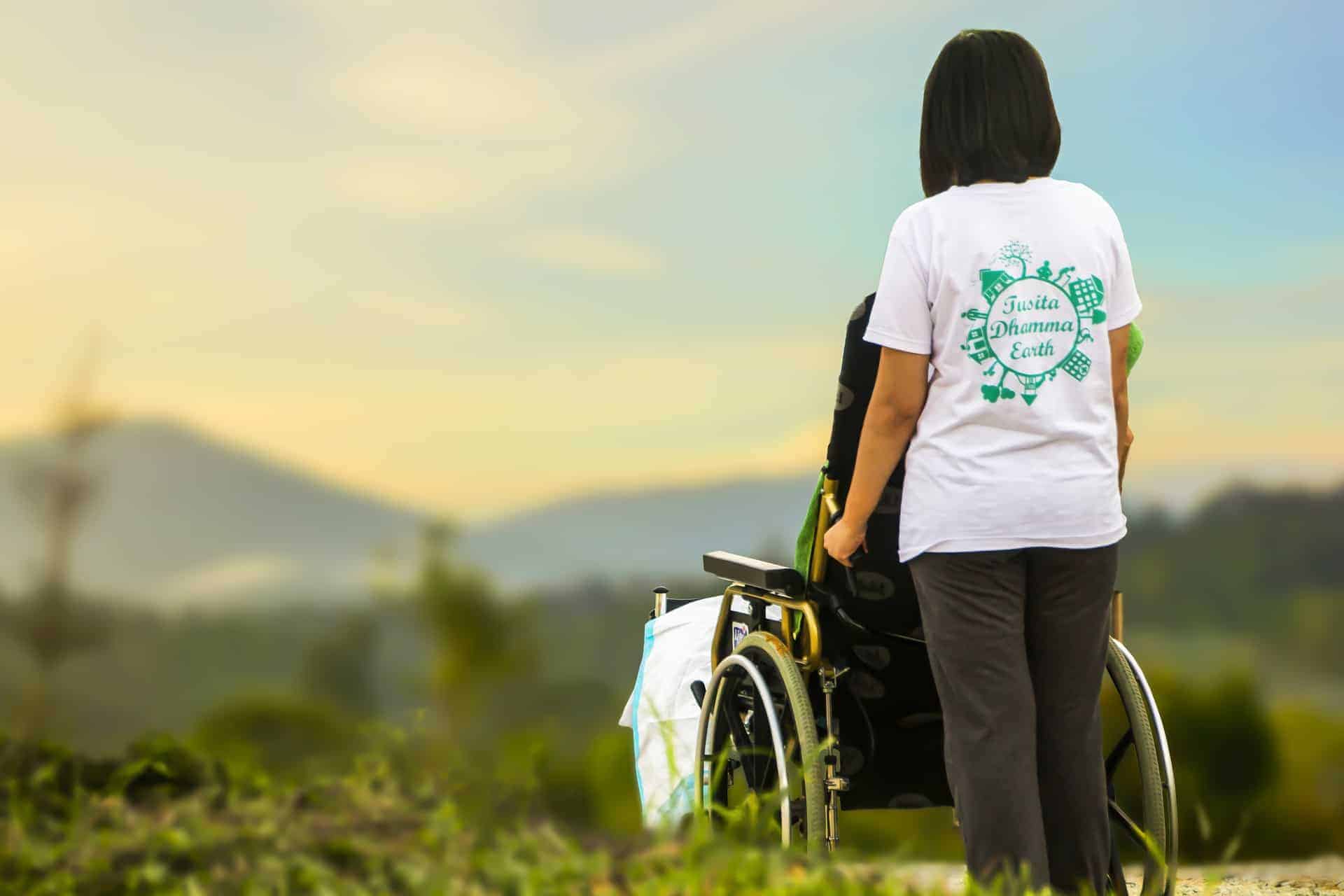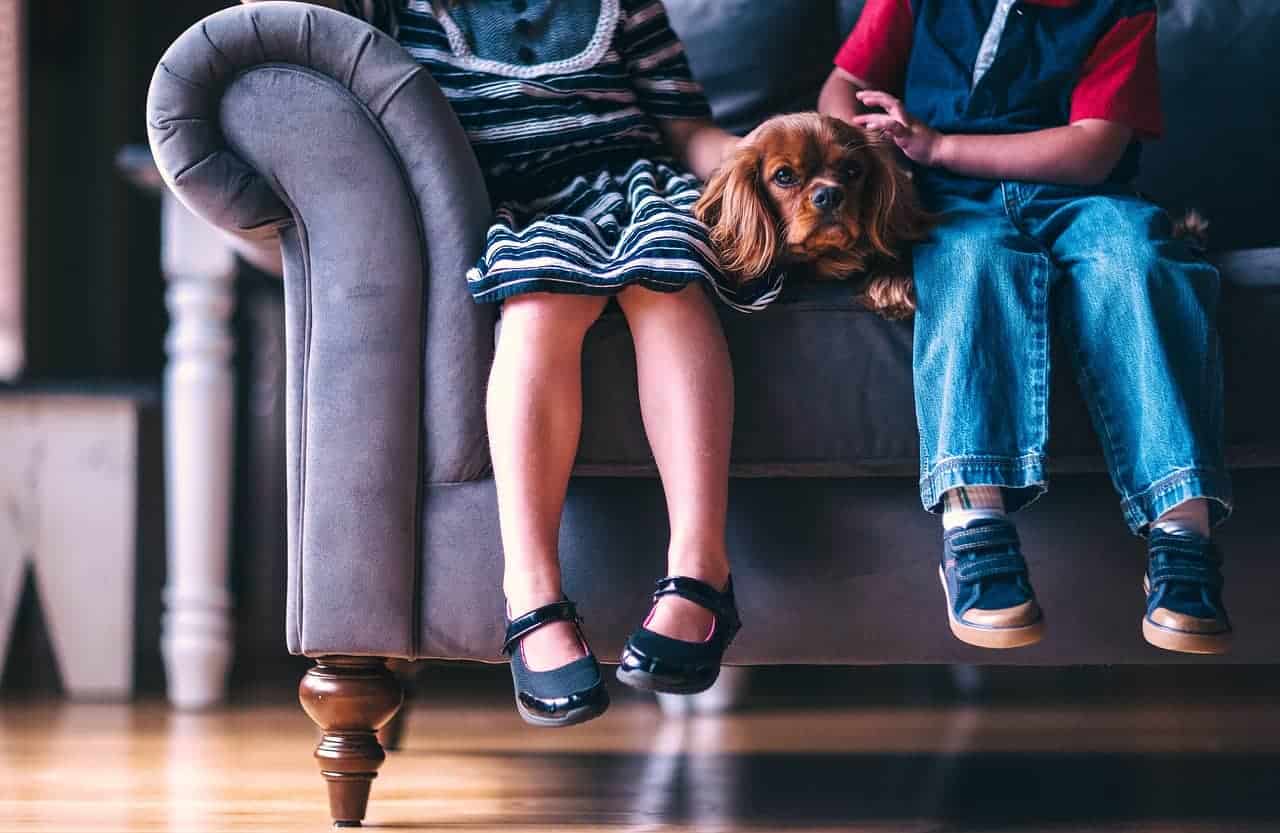
This article has been tested for 508 Compliancy.
Do you or a loved one live with a disability?
Roughly 15,700 people are injured and 3,280 died in 2016 due to fire, according to the National Fire Protection Association. While fires are dangerous for anyone and everyone, people with disabilities must deal with unique challenges in these situations. Not only might people with disabilities have a hard time escaping a fire, they may also have challenges preparing ahead of time without the help of a caregiver, family member or friend.
If you want to protect yourself and your loved ones in the home, then you need to have a plan and be prepared. This guide, which has been tested for 508 Compliancy, will touch upon some safety measures for those living at home with one of three of the most common disabilities: low vision, hard-of-hearing and physical disabilities.
Visual Impairments
The estimated 10 million people with a visual impairment in the US are at a higher risk of injury or death during a fire. Because of the impairment, they are also at a higher risk of starting accidental fires and getting injured trying to extinguish small fires.
People often assess the danger of a fire through sight; however, those with blindness or visual impairment have to rely on their other senses, which may or may not accurately assess the situation. That’s why the best way of ensuring fire safety is working on fire prevention. Those with blindness and low vision should:
- Avoid overloading outlets, extension cords and other electrical outputs.
- Avoid wearing loose-fitting clothes near an open flame.
- Never walk away from a lit stove or hot pans.
- Always use a timer when baking in the oven.
- Never use an oven to warm the home during cold months.
- Keep chimneys and space heaters properly cleaned and maintained.

As you can tell, these are also valuable tips and techniques for people without visual impairment, and likewise, everyone should have a rehearsed escape plan where they practice evacuating while staying low to avoid the smoke. Smoke inhalation is the primary cause of death in a fire, so, like everyone else, people with low vision or blindness should have their smoke detectors checked on a regular basis. However, because of their unique challenges, people with visual impairment should also take additional precautions before and during a fire. There are smoke alarms you can install that buzz at a special decibel that won’t overwhelm the senses of a person with blindness or low vision. Living on the ground floor makes evacuation easier, and be sure to practice your escape plan with your service animal, if you have one.:
It’s important to remember that moving into a new home after a fire means creating a new escape plan for the new residence. The more you practice, the more prepared you’ll be.
Hearing Impairments
While they can smell smoke and see fire, people who are deaf or hard-of-hearing might not be able to hear traditional smoke alarms, especially if they remove any hearing devices while sleeping. When it comes to fire prevention, people with hearing impairments should follow the same prevention strategies as everyone else. They should also take care to:
- Inspect their home’s electrical system and appliances.
- Always use space heaters according to the manufacturer’s guidelines.
- Keep flammable liquids properly stored.
- Be mindful and attentive when using candles.
It’s essential that people with hearing impairments install specially designed smoke alarms. The warning of a properly working smoke alarm can make all the difference, in both survival and limiting property damage.
Alarms with flashing strobe lights can help alert those with hearing impairments. During the night, there are event vibrating pillows and bed shakers that can wake you up and alert you to danger. Keep your TTY device nearby, and make sure your fire department knows you have a special need.

Physical Disabilities
Sadly, people with physical disabilities have one of highest risks of starting, being injured or dying in a home fire. If a house isn’t designed for a person with a physical disability, it can be extremely difficult to get out during a fire. The nature of the the disability in and of itself may make it challenging to make a safe and speedy exit. That’s why it is so important for people with physical disabilities to make fire prevention a priority. They should follow all of the other safety precautions, while also making sure to:
- Live or sleep on the ground floor, near an exit.
- Consider building a ramp for emergency exits.
- Ensure all mobility devices, like walkers and wheelchairs, can fit through all doors, doorways and corridors.
- Ensure locked or barred doors and windows can be opened easily.
- Alert emergency services and neighbors of the disability.
Like all people, individuals with physical disabilities need to make sure they have an escape plan in place and that they have practiced it regularly. You may even want to put a plan in place for your work environment as well, if there isn’t one that you believe pays the right amount of attention to your special needs.
Children and Pets

While children and pets don’t necessarily have any disabilities to deal with, they, too, have special needs for fire prevention and evacuation. For children, you want to make sure they have practiced the evacuation plan so well that they could do it in the their sleep (in fact, make sure to fit in some practice after bedtime!). You can also:
- Post pictures reminding them of evacuation routes.
- Make sure they have a contact person, neighbor or friend they are supposed to check in with after evacuating.
- Understand the importance of practicing fire safety habits, like never cooking alone and never playing with matches, lighters or other fire starters.
- Keep flammable items stored well out of reach.
Many children are naturally curious about fire. That’s why it’s important you teach them a healthy respect for it from day one. Pets and animals, however, have no ability to prevent or control fire safety. They will rely on you for help. You’ll want to:
- Include them in your escape plan and practice with them. Be sure they are trained to come to you when you call their name.
- Remove or cover stove knobs, as pets accidentally turning on knobs is the number one cause of a pet-induced home fire.
- Keep collars on your pets and put signage on your door letting firefighters know how many and what kinds of pets you have.
- Avoid leaving pets alone around candles or open flames for any length of time.
- Secure all cords and wires that could be chewed.
Your home is a place where you should feel safe and secure. Often, danger occurs when we forget to pay attention to the simple things that could have been easily prevented. These risks are much more dangerous for people with disabilities, who have special needs and unique challenges in emergency situations. However, with the right planning and preparation, you can help keep your loved ones safe when crisis calls.

 United States
United States Canada
Canada